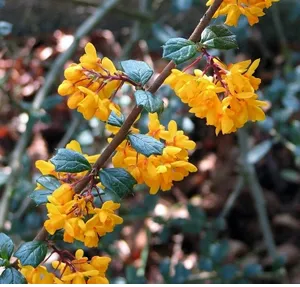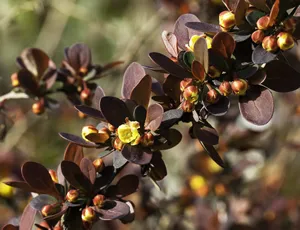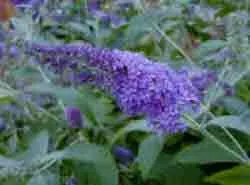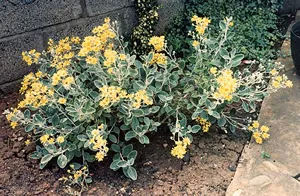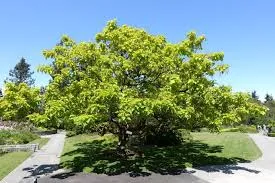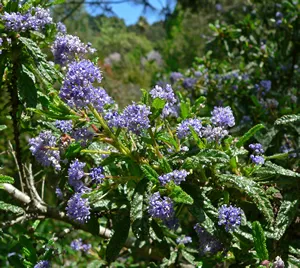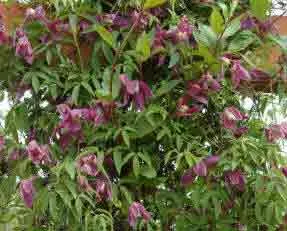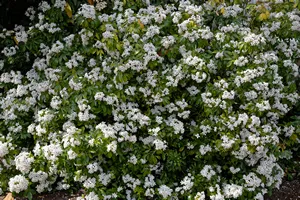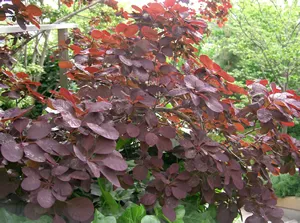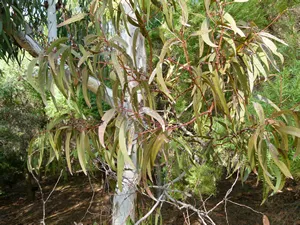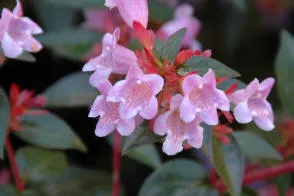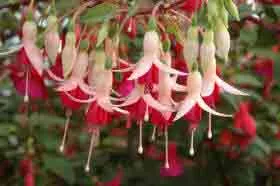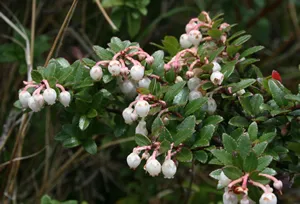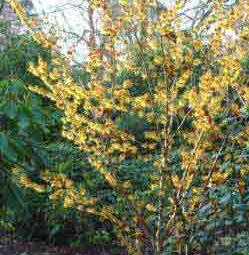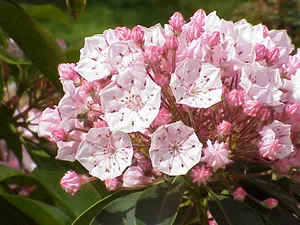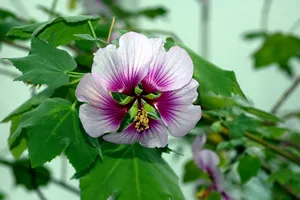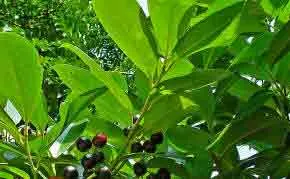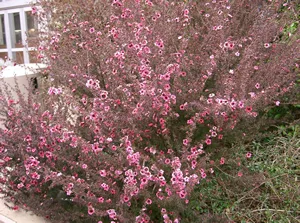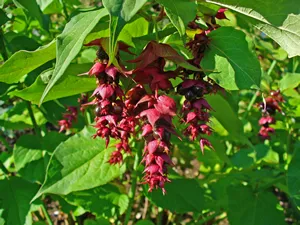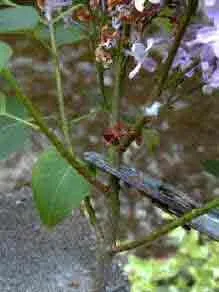Many old shrubs can be rejuvenated by cutting back some - or all - of the mature growth. It can either be carried out in one hit, or more sensibly in stages.

Most will know that 3 in 1 oil works wonders for getting things moving again. For getting shrubs moving again, let's reverse the numbers and think 1 in 3. One in three is a basic shrub pruning technique that really does wonders for a wide range of shrubs - mainly deciduous but also with a few evergreens that can benefit from selective shoot pruning. Basically, you select one stem or branch in every three and cut it back near to ground level at the base of the shrub.
This method is normally used to rejuvenate shrubs from the base upwards. But with slight modification, it can also be used further up the shrub on lateral or spreading branches.
Many shrubs - especially if grown in close proximity to others in a bed or border - will eventually become top heavy with growth and flowers on the uppermost branches of the shrub. Main reason being that shrubs need light to grow, and if crowded will do what they do best - reach for the light on long stems that are mainly lacking in foliage or flower power.
Most shrubs flower on relatively young growth or twigs that are normally 12 months old. They rarely flower on older branches. Most of the newer branches are at the top of the shrub, where the active growth has been going on.
The end result being a high canopy of flowers and foliage, each year getting further away from the all important root system, and as a result, smaller blooms or flower trusses are accompanied with ever weakening foliage.






